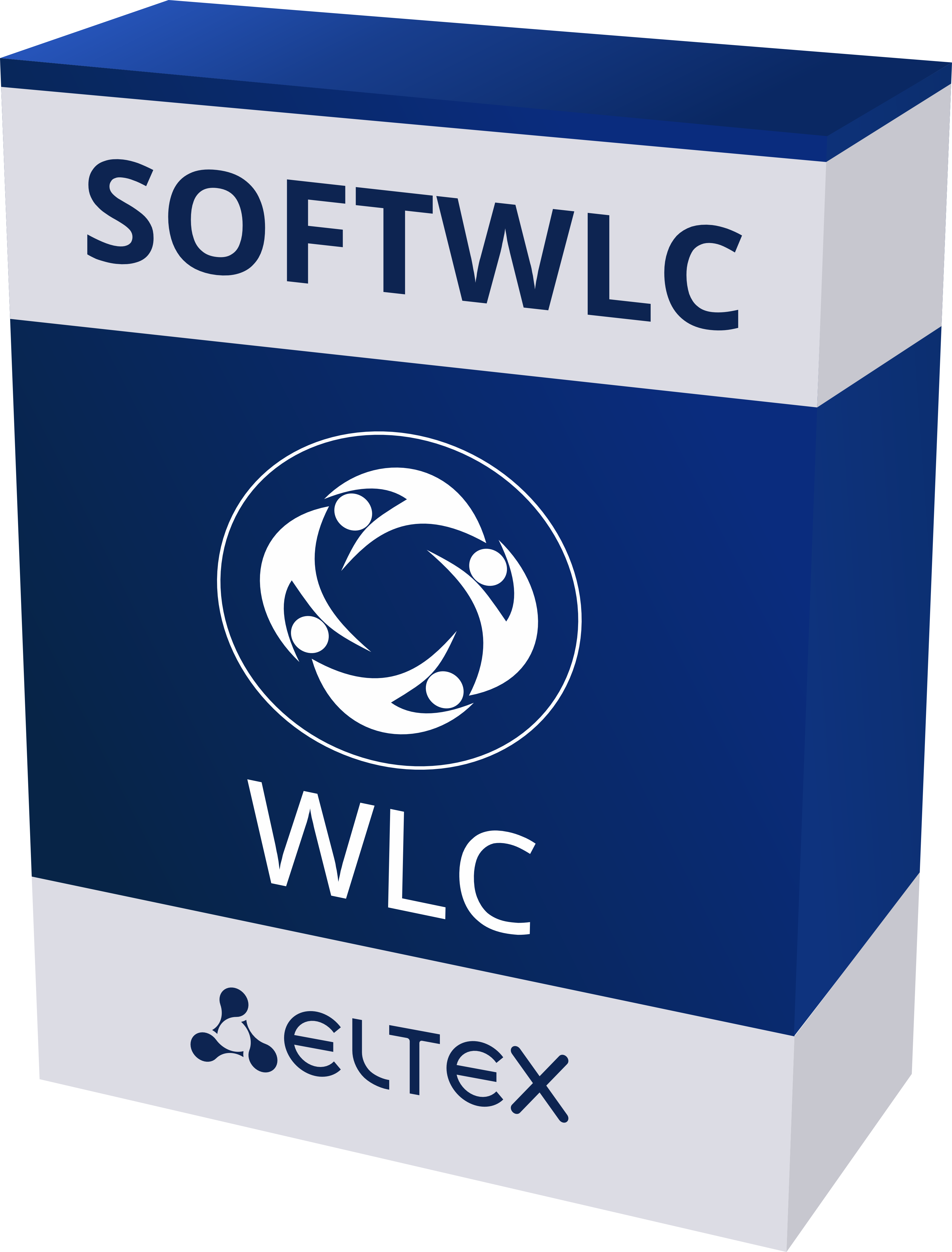Wireless access point WEP-2ac
- Wi-Fi 5:
- 802.11ac
- MIMO:
- 2x2
- Frequency range:
- 2.4 GHz, 5 GHz
- Roaming:
- 802.11r/k
- Power supply:
- PoE+ 48/54 V


Description
Solution for enterprise
WEP-2ac provides accessible, easy-to-use, high-performance and secure wireless network that combines numerous features and services required by corporate clients.
WEP-2ac is a universal solution for organization of wireless networks in highly crowded areas and high traffic environments (offices, state institutions, conference halls, laboratories, hotels, etc.).
Wireless connection
Due to support for IEEE 802.11n/ac standards, the WEP-2ac access point provides 867 Mbps (at 5 GHz) and 300 Mbps (at 2.4 Ghz) data rates. The use of MIMO technology and embedded omni-directional antennas makes WEP-2ac a universal solution for corporate networks constriction.
Security
WEP-2ac provides personal data protection and corporate environment security due to the support for modern authentication technologies. Particularly, it uses a dynamic key that is unique for each active client.
Performance
High-performance processors are used in the devices in order to provide reliability and high data processing rates.
Power supply
The PoE+ technology makes installation of the equipment pos-sible virtually everywhere, regardless of the power supply lo-cation. The use of PoE+ technology reduces total cost by dis-carding power cables and makes installation easier and faster.

Specifications
- Roaming:
- 802.11r/k
- Placement:
- indoor
- Wi-Fi 5:
- 802.11ac
- MIMO:
- 2x2
- Interfaces:
- 1 х 1G
- Captive Portal
- Encryption:
- WPA/WPA2

Related products












